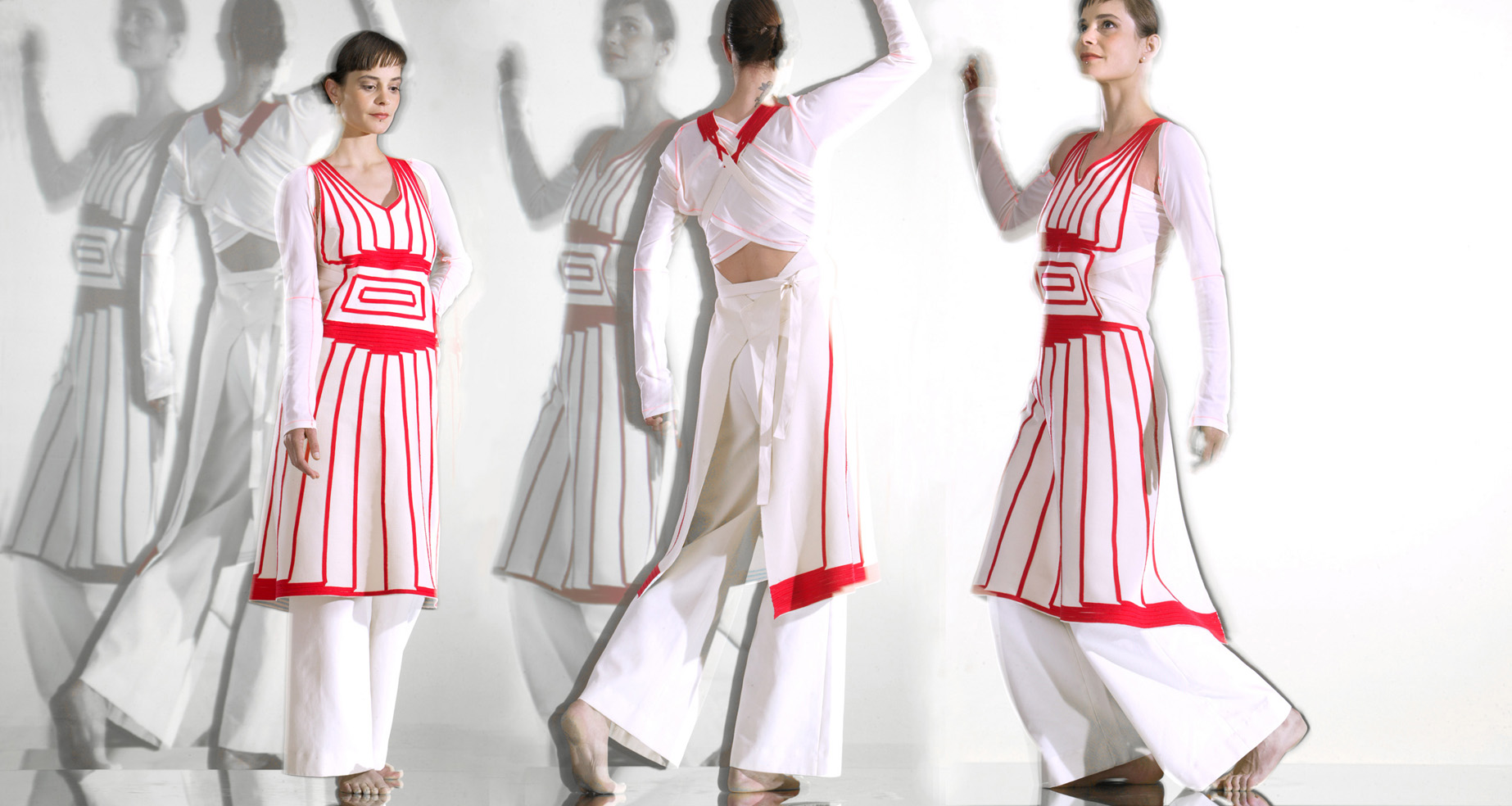A clash of the alpine titans

It’s one colossus against another as men of up to 160 kilograms compete against each other at the Federal Wrestling and Alpine Games Festival in Frauenfeld.
The main event is Schwingen – the traditional Swiss sport of alpine wrestling – and the winner will be crowned the Schwinger King and enjoy a hero’s status.
“We are expecting 200,000 visitors and there will be a great contest, and a great atmosphere. It’s a huge event in Switzerland,” said Urs Schneider, head of the organising committee of the triennial festival, which starts on Friday.
Although other traditional sports, such as Hornussen, a team event, and stone throwing, will be showcased at the two-day festival, everyone’s eyes will be on the 281 men lining up for the Schwingen event. Hoping to defend his title for a record fourth time is Jörg Abderhalden.
“Schwingen is a fight, man against man, in a sawdust ring and the man has to try to get his opponent down onto his back to win,” Schneider told swissinfo.ch.
The men wear special short overtrousers and the winner has to keep one hand in contact with the opponent’s garment.
“Wins get points and whoever gets the most will be crowned Schwinger King. The Schwinger King enjoys huge popularity in Switzerland, Jörg Abderhalden was even voted Swiss of the Year 2007,” added Schneider.
Schwingen probably started back in the 12th century. Competitions often had to be carried out in secret as it was outlawed by the church. The modern sport dates back 100 years and the tradition, which is mostly carried out in the German-speaking part of the country, has kept on growing.
Mountain beginnings
“It all comes back to the amateur status of the sport, it was always a simple challenge between two guys up in the mountains and that’s what people want to maintain,” explained Thomas Renggli, a sports journalist who has recently published the book: Schwingen: ein Schweizer Phänomen (Schwingen, a Swiss phenomenon).
“That’s why they don’t have any prize money and until ten years ago wrestlers were not allowed to do any commercial things,” he told swissinfo.ch.
The main prize is traditionally a young bull, but competitors are also awarded useful items such as household appliances. At Frauenfeld, the total value of the prizes is around SFr750,000 ($716,000).
Professionalisation has come slowly and rebels are not welcome. When Ruedi Hunsperger wrestled a bear during the Night of Swiss Sports in 1977, this was seen as bringing huge shame on Schwingen.
Blanket television coverage, which also brought the sport to the masses, only came in 2004.
Tradition and respect
For Schneider, alpine wrestling embodies Swiss tradition. “It’s a very dynamic sport and it’s an expression of Swiss identity,” he said.
Despite being aggressive, Schwingen obliges competitors to show each other respect. Men shake hands before the fight, and the winner traditionally cleans his opponent’s back at the end.
That being said, the most successful fighters such as Jörg Abderhalden – or Abderhalden Jörg as he is known in the Schwingen tradition of putting last names first – are known as “the mean ones”. This is the biggest compliment in the alpine wrestling world.
This respectful atmosphere filters down into the Federal Wrestling and Alpine Games Festivals, which despite attracting so many people, are normally very peaceful affairs.
Renggli tells the story of how at the last one in Aarau in 2007 the 12 policemen on duty had nothing to do, so ended up helping out in lost property.
Foreign interest
And although alpine wrestling is a Swiss phenomenon, there is foreign interest. There are six Swiss abroad taking part in the Frauenfeld festival, from the United States, Canada and Norway. A Swiss with a Haitian mother, Harald Cropt, is also competing.
In addition, ten of the alpine wrestling festivals in the national calendar take place in the US and Canada.
A good wrestler needs mental toughness and a big physique. But even here traditions are changing, with many young wrestlers spending more time in the gym than in the sawdust.
“There’s one guy I visited, Kilian Wenger, 19 years old, 1.90m tall and 100kg, only muscles, not a gram of fat. The opposite is Christian Stucki from Bern, one of the favourites, he represents the old-fashioned Schwinger, at 160kg and 1.98m,” Renggli said.
In the old days some wrestlers even had secret tactics to help them, like the legendary Karl Meli, who was at his height in the 1960s. This was a drink, says Renggli, swigged between bouts, made up of: ½ litre white wine, six eggs, a little bit of sugar and 40g of schnapps.
It’s different now, of course. “If you want to win this weekend, better not have any schnapps or wine,” Renggli said.
Isobel Leybold-Johnson, swissinfo.ch
The Federal Wrestling and Alpine Games Festival in Frauenfeld takes place from August 20-22, 2010 in Frauenfeld, the capital of canton Thurgau, in northern Switzerland.
Participants: 281 Swiss alpine wrestlers, 420 Hornusser, 85 stone throwers
Visitors: 200,000 are expected, the 47,500 places in the arena are already sold out
Budget: c.SFr20 million ($19 million)
Food and drink: organisers expect people to consume 200,000 litres of beer and eat 130,000 sausages
Schwingen has traditionally been a man’s sport, although women have been competing since around 1980. They are not allowed at the festival but have a separate event with a Schwinger Queen.
Women are also making inroads into other traditional Swiss sports: there are now two women flag throwers, one of whom will be showcased at Frauenfeld. Women have only been permitted to join flag-throwing associations since 2006. In 2009 the rules were changed to allow them to wear trousers instead of a traditional dress, so that they could manoeuvre the flag more easily (it is sometimes passed between the legs).
As for Hornussen, the team game which involves throwing and catching a Hornuss, a type of puck, there are hardly any women playing the sport. No women play in the two top leagues and there are no women’s teams. Some women, such as Karin Hügli, play in the 1st league, just under the top leagues.

In compliance with the JTI standards
More: SWI swissinfo.ch certified by the Journalism Trust Initiative













You can find an overview of ongoing debates with our journalists here . Please join us!
If you want to start a conversation about a topic raised in this article or want to report factual errors, email us at english@swissinfo.ch.